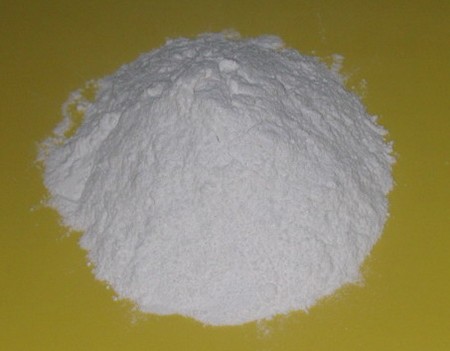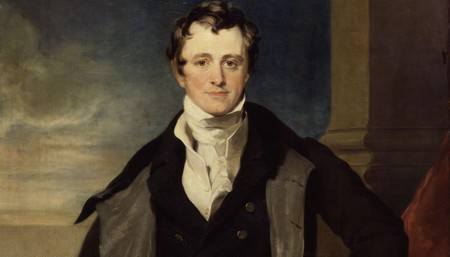3
2009
Who Discovered Potassium
Potassium is represented by the symbol K, from the Latin word kalium. Its atomic number is 9. Potassium was first derived from potash.
It is quite easy to spot natural potassium because it is soft and silvery. It is an alkali metal that rusts fast when exposed to air and water. Potassium is found in nature as ionic salt. There is a large amount of potassium in seawater. Minerals have potassium, too.The cells in our body need Potassium to work well. Potassium is therefore found in animal and plants tissues. Potassium and sodium are the same but they have different roles in plants and animals.
The discovery of potassium
Potassium was not known even in Roman times. It got its name from potash, an English word that meant an alkali cooked in a pot from the ash of burnt wood. Potash was largely unknown then. It later turned out that potash is mainly potassium carbonate. When potassium carbonate is heated, carbonate frees itself from carbon dioxide. What remains is caustic potash. Caustic potash can burn your skin.

Sir Humphry Davy of England discovered Potassium in 1807. He did it by splitting potassium from molten potash and separating sodium from salt. Sir Humphrey Davy noted that when potassium is thrown into water, it makes a hissing sound and burns with a purple light. He later presented his discovery at a lecture.
Potassium and alkali metals
Potassium is silver white in color. It resembles Group 1 alkali metals. More than that, Potassium is more reactive than sodium. It easily combines with oxygen so it should be stored under kerosene or a hydrocarbon. Potassium ignites with water to form potassium hydroxide. Potassium also combines fast with halogens, sulfur, and other non-metallic elements.

Commercial uses of potassium
Potassium metal has few uses because it is similar to sodium. Sodium is cheaper than potassium. But potassium compounds are widely used for industrial purposes. Potassium carbonate is used for making soap and glass products. Potassium chloride is used for making fertilizers while potassium chlorate is used for making explosives, firecrackers, and matches.
The potassium used to make soap comes from lye. Water is dripped through ashes of wood for a number of hours. The liquid that gathers after that is lye. Potassium salts are dug in Germany and United States of America. 2.4 % Earth’s total weight is made up of potassium.
Health benefits of potassium
Avocados, beans, potatoes, bananas, and watermelon are rich sources of potassium. Potassium helps in buffering a potential cardiac arrest. It also lowers blood pressure, sharpens brain function, and balances body fluids. People who lose too much water through diarrhea can be relived by taking potassium-rich foods.
Potassium in other commercial products
Potassium is present in cigarette wrapping as Potassium nitrate KNO3 otherwise known as saltpeter. This substance keeps the cigarette burning as soon as it is lighted. Gunpowder and guano have considerable amounts of saltpeter in them. Matches, fireworks, and flypaper contain Potassium chromate (K2CrO4). Potassium sodium tartrate (KNaC4H4O6) is the silvery-white tinge in the back of mirrors that catches light and allows mirrors to reflect.

 An article by
An article by 




